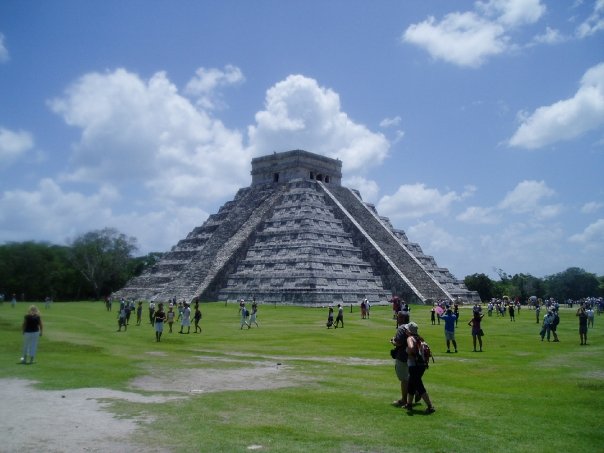I’ve already discussed some of the landmarks and overall geography in Shildaria. Now, it’s time to create the flora and fauna for the setting.
The concept for the area is a grassland. The difference between a savanna and a prairie is the savanna goes through a wet and dry season where a prairie goes through a cold and hot season. Since the entire continent is tropical, the area will be primarily savanna. The area will also have trees scattered along areas with water, with larger forests the further south one goes until they reach the jungles on the far southern frontier and forest on the southeastern province.
In the badlands to the east, the vegetation will be much more sparse as there will be less rain in that section of the country. Due to the heat and dry conditions, there will be more trees on the northern side of hills with cactus mixed in with grass on the southern side.
With the savanna comes great herds of antelope of several types, zebras, wild horses, and bison along with the predators that hunt them. Lions and leopards are common, particularly in the large, wild swaths between villages. Unusual animals, such as giant scorpions, leucrota (hoofed predators the size of a donkey), and the mighty arthropleura (a giant millipede that can be ten feet long) can also be found on the savanna.
The rivers are generally small, but can be highly variable due to the rainy/dry season cycle. The only dangerous aquatic animals are venomous snakes. There are not crocodiles or the like. Fish are generally small in most of the country, although if you used a net you might get enough to make a meal.
By far the most unusual creatures in Shildaria are the abominations. These creatures come in a number of shapes and sizes. Most appear to be some sort of mutated animal, showing characteristics of both mammal and insect, such as catlike or bearlike forms, but with carapace segments. One common denominator is that they always have six legs. They are typically about the size of oxen, but can run almost as fast a horses. Rarely, an abomination will be truly huge, upwards of thirty feet from end to end, with enormous, saberlike teeth. Usually, the smaller ones form packs of similar creatures, similar to a lion pride or herd of predatory buffalo. The large creatures are found either alone or in pairs.
Periodically, a group of truly unusual abominations will appear. These seem to be far more intelligent than the others. In addition to the mammal and insectoid features, human and ape elements are included. Instead of the six legged features found on the other abominations, these creatures could have two, four, or six legs and may include arms, which are never found on the less intelligent creatures. They also seem to have more complex strategies than typical pack tactics found with the others. These creatures always appear in large groups, at least according to the reports of those who survive the attacks.
In any circumstance, abominations are invariably carnivorous and highly aggressive. If they attack a village or town, it is a fight to the death. The battle will only end when one side or the other is completely destroyed. Worse, once the abominations have moved on, there are never any bodies remaining among the wreckage. For this reason, the Shildarian military try to use the speed of their horses, the power of their lances, and the accuracy of their bows to kill the creatures before they have a chance to attack their homes.
Next week, I’ll be discussing the politics and rivalries found in Shildaria. Settings aren’t interesting if there is only one enemy, after all. I’ll see you next Thursday.

